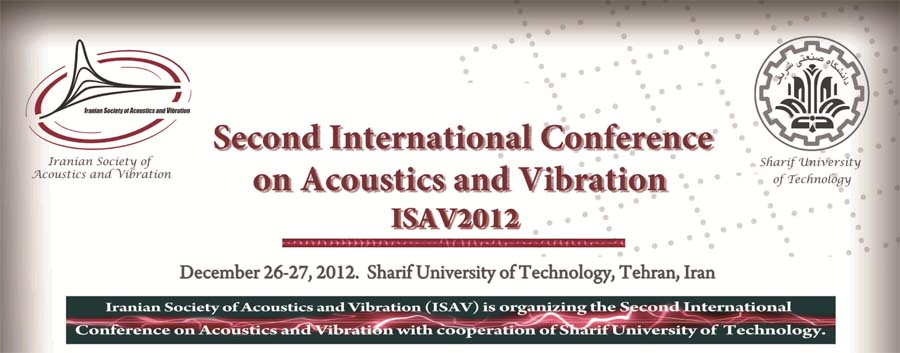Recent Developments Aiming at the Reduction of Exterior Vehicle Noise by Producing Quieter Vehicles, Tyres and Pavements
This speech summarizes a presentation that attempts to describe what has recently been done and is planned to be done to relieve the problem of traffic noise, with focus on tyre/road noise emission. It shows that there is at the moment in Europe, Japan and in countries accepting United Nations ECE Regulations a quite intensive development aiming at reduction of road traffic noise, but with initial high ambition sometimes ruined when it comes to the political process.
Noise exposure has received more attention in recent years after it was shown in a World Health Organization (WHO) study that noise exposure at high levels causes not only annoyance but also affects health seriously. For example, as many as 15 000 premature deaths per year in Europe were found to be connected with high noise exposure.
In regions and countries where stringent vehicle noise emission regulations are implemented and enforced (mainly Europe and Japan), it is now recognized that tyre/road noise is the major problem, except in streets where vehicle speeds are low or where heavy accelerations take place. In the latter cases, power unit noise from heavy vehicles will be the major cause of the noise emission.
Low noise road surfaces have been tried since almost 40 years ago, and are today standard noise-reducing tools in many European countries and in some western Pacific countries. They have been progressively improved and in the best case double-layer porous asphalt can offer an average 5 dB(A) noise reduction over a 6 year time period, in comparison to dense asphalt concrete (DAC) or stone mastic asphalt (SMA) with maximum 11 mm aggregate size. Some thin asphalt layers may offer similar noise reductions, although only for light vehicles, and it is not yet sure if they may retain their noise reduction over such long time periods. Common to both types of surfaces is that they are several times more expensive to apply and use compared to the conventional surfaces. Yet, they may be a better option than noise barriers, and are used in many local situations when noise exposure is high and many people are affected. In Europe, work has started to specify procedures making possible type testing of noise properties of low noise road surfaces.
Low noise tyres would be a much better solution than low noise road surfaces as they would not be effective only at local places, but everywhere where tyre/road noise dominates traffic noise. Tyres that are some 3-4 dB(A) quieter than the average market tyres of today are available, but their use is rarely encouraged. Recent implementation of a new EU regulation requiring labelling of noise emission, rolling resistance and wet friction of new tyres may help in increasing the use of quiet tyres. Especially noisy tyres are already prohibited by maximum limits for noise emission in a European regulation and in a regulation from the UN ECE. However, the stringency of these limits is poor for heavy vehicle tyres.
Vehicle noise as a whole, including both power unit noise and tyre/road noise is regulated as maximum limits for vehicle noise at type approval of vehicles. The present limits in Europe and in UN ECE have been in force for approximately 15 years, but are presently subject to extensive changes. The changes of nominal limits may not be high, but the measurement method for light vehicles is being substantially changed. This will mean that tyre/road noise from tyres fitted as original equipment on new cars will be subject to a second type of limit, which is not really consistent with the limit of the tyre regulation.
It is likely that many Asian countries under fast development will adopt similar policies as Europe and Japan, although actual implementation may be slower. This positive development applies to exterior noise from light vehicle power units, from car tyres and from pavement properties. The exception is trucks and buses and their tyres, which are left without significant improvement in the foreseeable future and thus may have an effect on the future perception of truck traffic.
In addition, the unique opportunity to reduce traffic noise in urban settings by the gradual introduction of electric and hybrid/electric vehicles is at risk by addition of extra sound to such vehicles in order to make them easier heard. It has been assumed by some organizations that pedestrians may get hit by too quiet vehicles and therefore voluntary or mandatory application of extra sound is planned for quiet vehicles. This author does not share the view that this is necessary; instead he suggests that it is much more efficient for both health and safety to reduce the maximum noise events in traffic.
|
